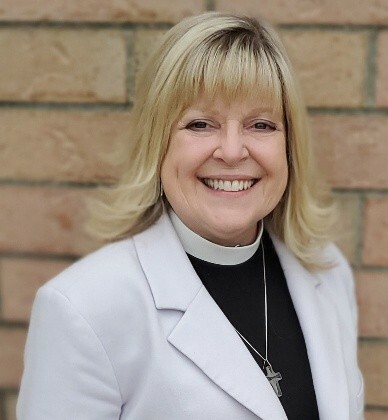
There are snakes all around us. It might not seem like it, but just like the snakes that surrounded the people of Israel, snakes are surrounding us. Let me remind you of that story found in Numbers 21. The people of Israel had been in the wilderness for almost 40 years and they are tired. They are worn out. They are angry. They are annoyed. There is no water and the manna which God has provided for them is, as the people say, “miserable.” They complain about God and they complain about Moses. And suddenly, in the middle of their complaining, they are surrounded by snakes.
Snakes slithering around them. People running and screaming. People snatching their children up from the ground. Snakes biting and biting and biting. People dying. Finally, desperate, they ask Moses to pray to God on their behalf. And he does. And in response to Moses’ prayer, God sends this message. God commands Moses to lift a rod into the air with a bronze serpent on it for the people to gaze upon. (You can read the full story in Numbers 21:4-9).
Do you see how strange it is for God to command this? To tell them to make a statue of the horrible thing that is killing them? My guess is that they wanted to shield their eyes from this monstrosity. No one wanted to look. Truly when they gazed upon that bronze serpent they saw a scary, horrifying, life-killing image of death. They saw poison and destruction.
But do you know what happens in the story? It is amazing. For when those who were bitten looked up and saw that which scared them the most, what brought the most destruction to them, they were saved. They lived. Out of death came new life.
There are snakes all around us, too. Do you feel them? These snakes take many forms: violence, hatred, greed, despair. Sometimes the snakes look like systems too big to fight. Sometimes they look like shadows in our own hearts. We may want to pretend they are not here. We may want to close our eyes and hope they slither away. But they don’t. They linger, bite, and wound. Like the Israelites in the wilderness, we are not spared from being surrounded by snakes.
And just like the Israelites, God calls us not to turn away but to look. To see the truth of what is around us. To name the injustice, the fear, the grief, the death-dealing realities in our midst. This is not easy. Looking at the snakes feels unbearable. But even more, we are called to look beyond the snakes to what is lifted up. For it is only when the people lifted their eyes and saw the bronzed snake could they find life again.
This Numbers story is quoted by Jesus in John 3. There, we hear, “Just as Moses lifted up the serpent in the wilderness, so must the Son of Man be lifted up, that whoever believes in him may have eternal life. For God so loved the world that he gave his only Son, so that everyone who believes in him may not perish but may have eternal life.”
Jesus is using the Numbers story as an invitation for us as followers of Jesus. We are called to gaze upon something beyond the heartache and violence and all the snakes that are surrounding us. God calls us, just as Moses called the Israelites, to look up.
And what are we called to see? Not a bronzed snake but a cross. The cross. The cross of Christ is our bronzed serpent. On it, we see the ugliest things – violence, betrayal, injustice, sin, death itself. And yet, we are promised that this is exactly where God meets us. It is where Jesus bears what we cannot carry, where God does not hide from the world’s brokenness and, instead, becomes broken for the world. Where God’s promise that even death is transformed to the means of redemption, healing, and abundant life.
The snakes don’t magically disappear. And we are called to confess, grieve, speak, listen, and act in community regarding the snakes. But ultimately, we lift our eyes, our voices, and our actions beyond the snakes towards the new life that is promised – where suffering is met with God’s redeeming love. And in holy community is where we are strengthened again – discovering that healing and new life are possible, always, together, through Christ. Amen.
Bishop Shelley Bryan Wee | bishop@lutheransnw.org
